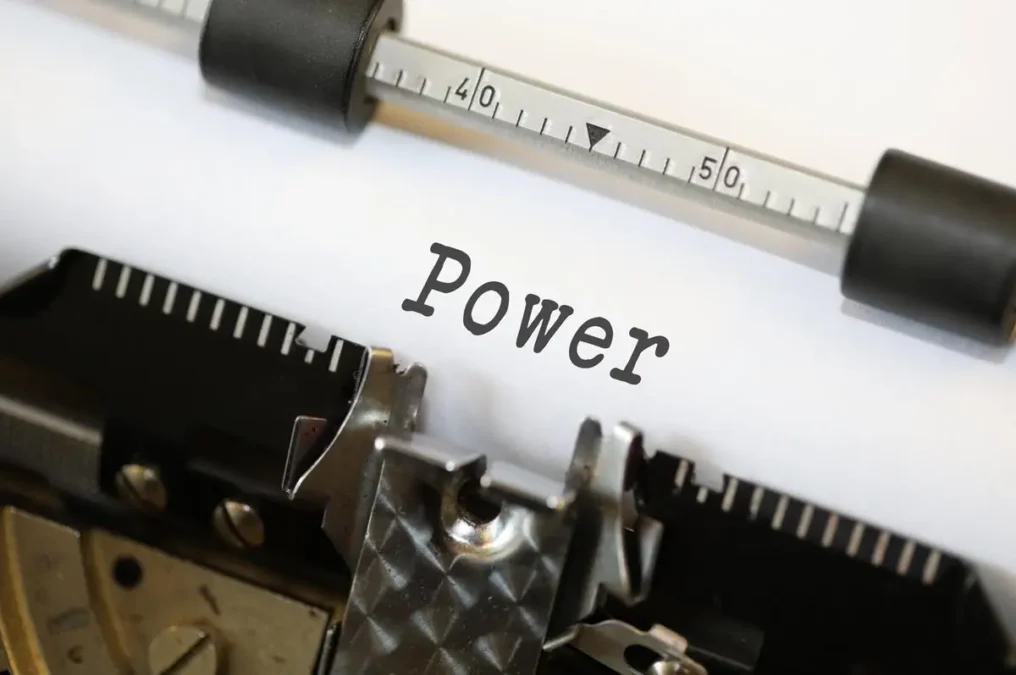There is lots of advice on writing and examples of writing processes available, but they are not always easy to remember. POWER UP is a helpful acronym to remember the advice and steps of the writing process.
This is the process I use which has helped me write regularly for publications such as Better Humans, Start it up, Mind Café, The Ascent and more besides. It has led to 80% of my writing getting accepted for publications and wider distribution over the past two months.
POWER UP stands for:
- Plan
- Organise
- Write
- Edit
- Review
- Up-load
- Publish
Therefore the ‘POWER’ part of the mnemonic is important to any sort of writing and the ‘UP’ is relevant to writing for online publications such as Medium.
Free Personal Leadership Action Plan
Just sign up here to receive your free copy
How to POWER UP your writing
Here are the stages in turn with the questions you need to be asking yourself within each step:
Plan
The first step is deciding why you want to write. Before you go any further be sure of your motivation. That could be to share knowledge, make money or just get better at writing but be honest with yourself at the beginning as it will shape the whole of the creative process, the product you create and how you view it afterwards.
Once you have answered this question you can start planning when you will write. Time is the most critical aspect (as time is the only truly finite resource) so the most important question to ask yourself at this stage is:
“How long do I have (or want to spend) on writing this piece?”
Once I have worked out how long I am going to give myself, I then plan when I am going to write. I always book the time into my diary to keep myself accountable for my goals and to stop conflicting activities. The morning is my favourite and most productive time to write so I generally plan my time in then.
Organise
After you have planned in your time you can organise your thoughts, notes and research. This will help you to decide exactly what you will write about. Keep in mind the question:
“What is the central idea I want to communicate?”
I tend to keep a long list of article ideas on my phone and then, in this phase, I choose which idea I think is the best post to develop at that given time. Then I decide on a working title for the article and set about adding to my notes and researching the topic in more depth.
Write
With your thoughts, research and notes organised you can now smash out your first draft. As you are doing this you need to keep the following question in mind:
“Who am I writing for and what do they need to know?”
You may just be writing for yourself. If the writing process is primarily just a cathartic process, then that is fine. A lot of blogs follow this approach. But if you are writing for another audience or want to share your wisdom with a specific group of people then they need to be front and centre in your mind as you write. This will help you develop a good first draft and minimise the work in the next two steps.
Edit
The next stage is to make your article good copy. You need to ask yourself:
“What do I need to change?”
I am not great at spotting typos and grammatical errors and therefore even within this phase I use a three-step approach. I write in Microsoft Word first, then paste into my WordPress platform, and then use Grammarly. At each step the inbuilt spelling and grammar software help to tighten my wording.
Leadership Development: Master the Top Leadership and Life Skills
Better lead in life and work to maximise your success. Sign up and access materials for free!
Review
The review phase is effectively the 3rd iteration of your draft. At this stage you need to ask:
“What do I need to cut?”
You need to hone the writing to ensure clarity and impact as well as legibility. The key here is to remember back to the previous questions: what is the key message you are trying to convey and who are you writing for?
I try to leave a day between the edit and the review. This helps me to engage with the piece afresh. If I try to review an article too close to the drafting and editing stage my brain sees what it wants to see rather than what is actually written. I often read the article out loud too to see how it flows. I will get a second opinion of my draft when possible at this stage too.
Giving some time after writing the initial draft (and another opinion) allows the distance you need to be ruthless.
“In writing you need to kill all your darlings.”
William Faulkner
There may be some beautifully crafted sentences or well researched paragraphs but if they don’t add to the clarity and impact of the post then you have to put them to the sword. It is painful but necessary.
Upload
The next step, of uploading your article is easy in theory, but rushing this stage can affect the success of your writing. You need to ask:
“How will people find my writing?”
You may have written your ‘bestest ever’ piece, but you also need to craft the right SEO summary, select the write tags, and adding the ‘Alt text’ on your photos. These little things are like sending presents to the algorithms. The algorithms will learn to love you for it.
Now you can see which publications are the most suitable for your work (once again, do your research) and submit your article.
Publish
Once you or the publication has published your work the next stage is to help the process of people finding it. So, the question here is:
“How can I now best share my writing?”
Propagate the channels where people can find your work. Share on social media and create a conversation about your topic. Make sure you respond to comments.
I use my accounts on Twitter, Facebook and LinkedIn to share my posts and I will also write related posts on my website (therightquestions.co). As I gain traction on any of these platforms, I seek to build a conversation with the people who are engaging with the writing.
This last part is often overlooked but is important for two reasons. Firstly, it really helps to expand your potential readership. Second, it is really rewarding. I have found that the feedback I get from people engaging with what I write really inspires me to write more.
Some people do this part really well and I have learned a lot for writers such as Jordan Gross, who is excellent at building conversations about his work and supporting the writing of others. I have also benefitted from other people’s encouragement. The kind words I have received from other writers such as Max Klein, Darren Matthews, Terrie Schweitzer, Tim Rees, Paul Ryburn and others (thank you all!) has inspired me to keep writing on Medium and start drafting a book.
The key element of the POWER UP process
In my experience, it is the triple iteration of the writing process (the initial draft, edit and review), that is the most powerful part of this approach. This refining process really helps to craft the article. Therefore, if you really want to improve the quality as well as the productivity of your writing, I highly recommend you embrace an iterative approach to developing your articles.
More POWER to you all!




